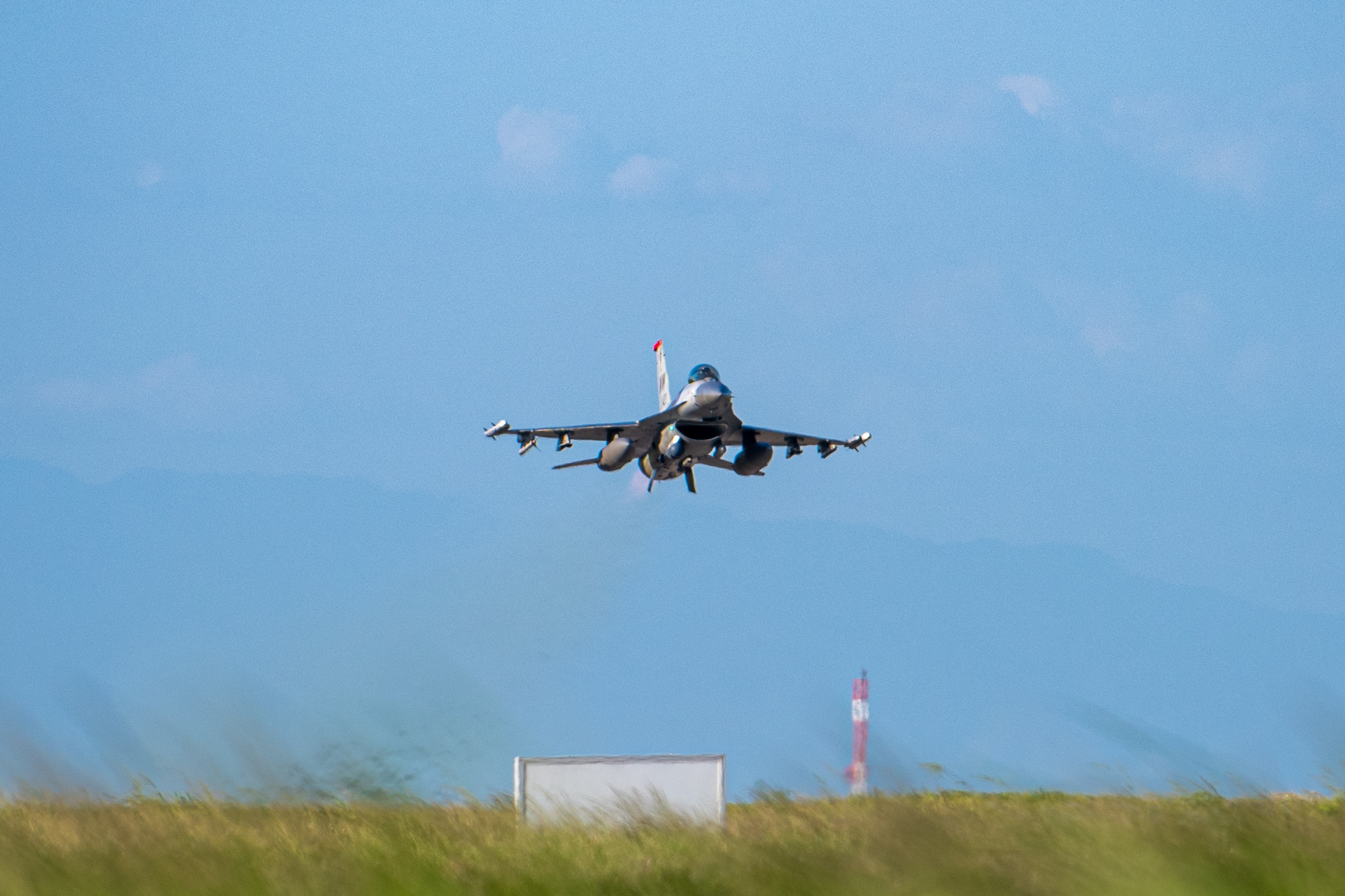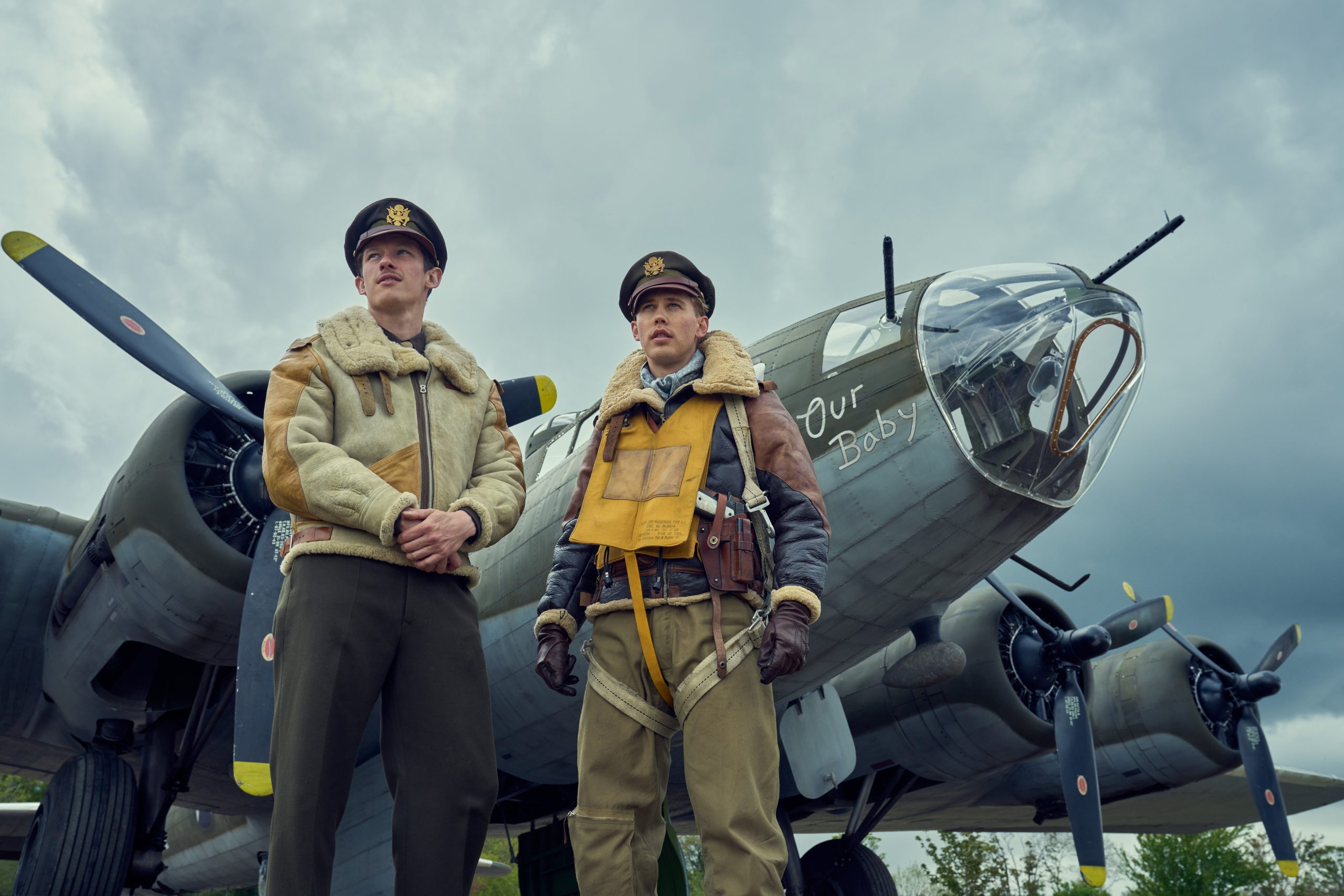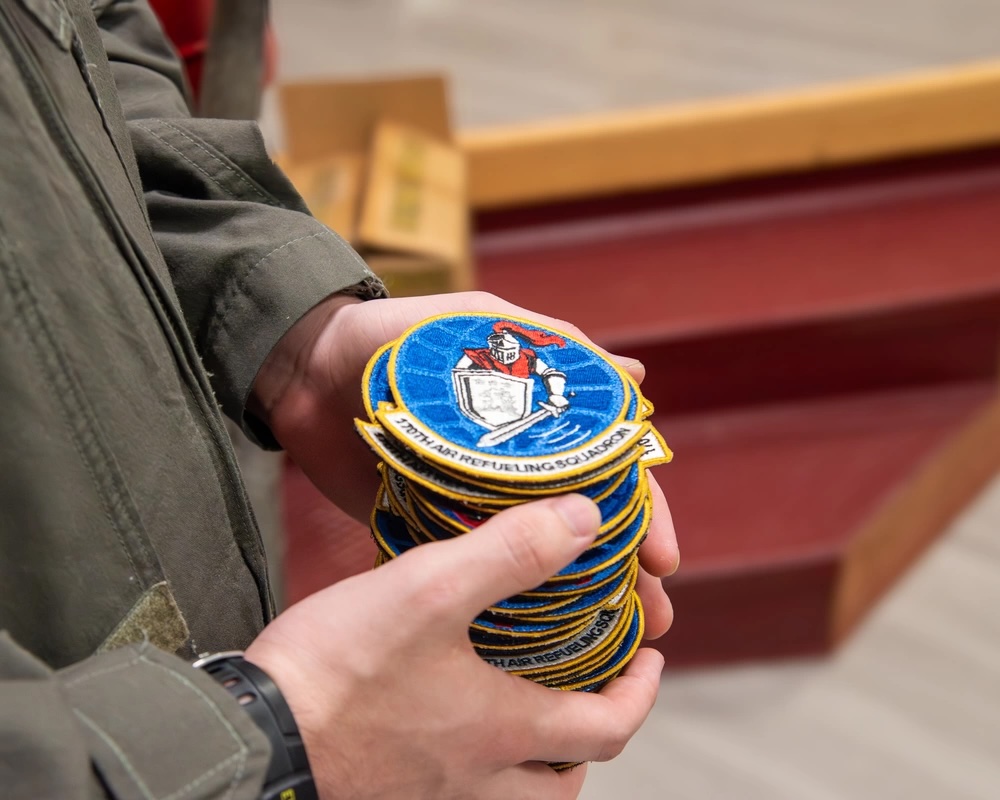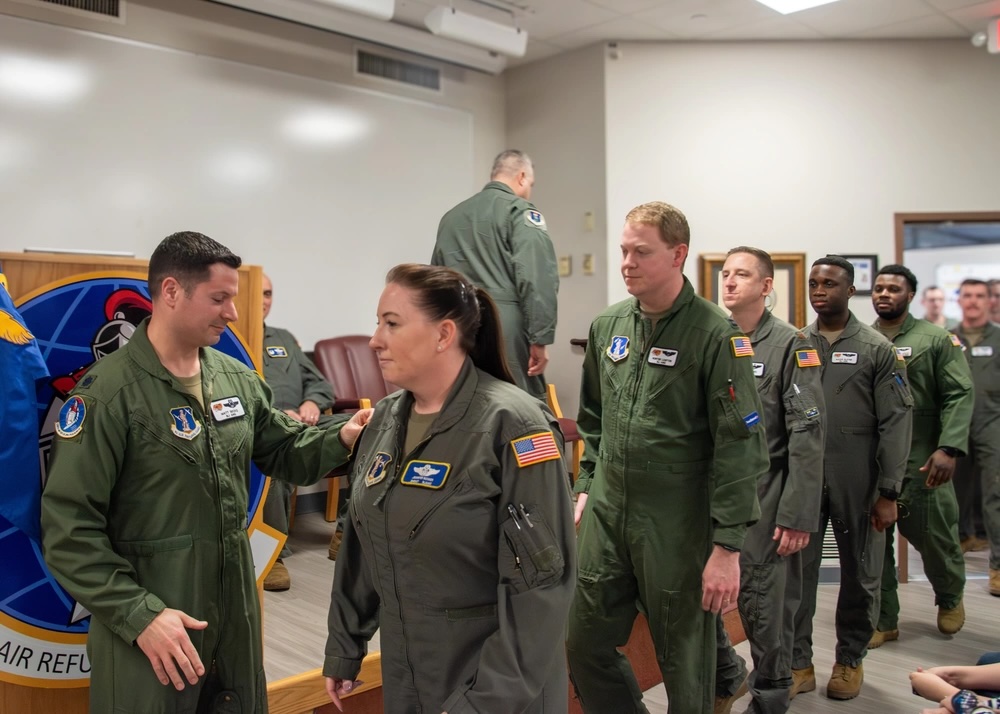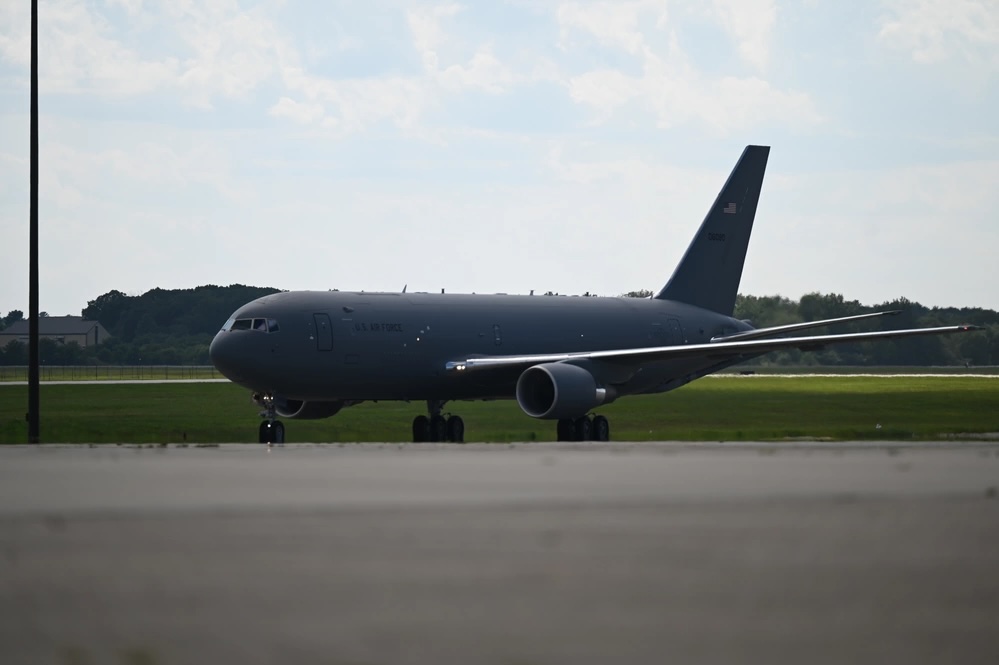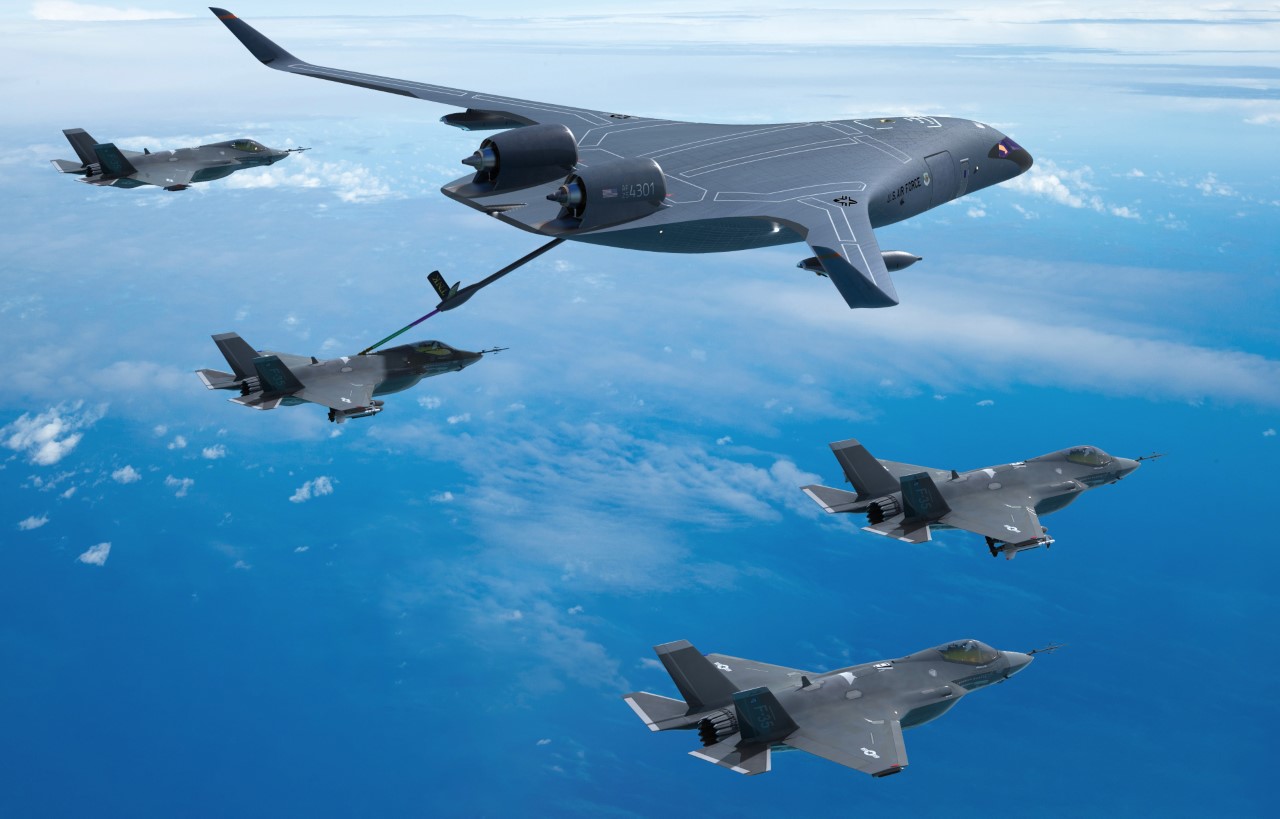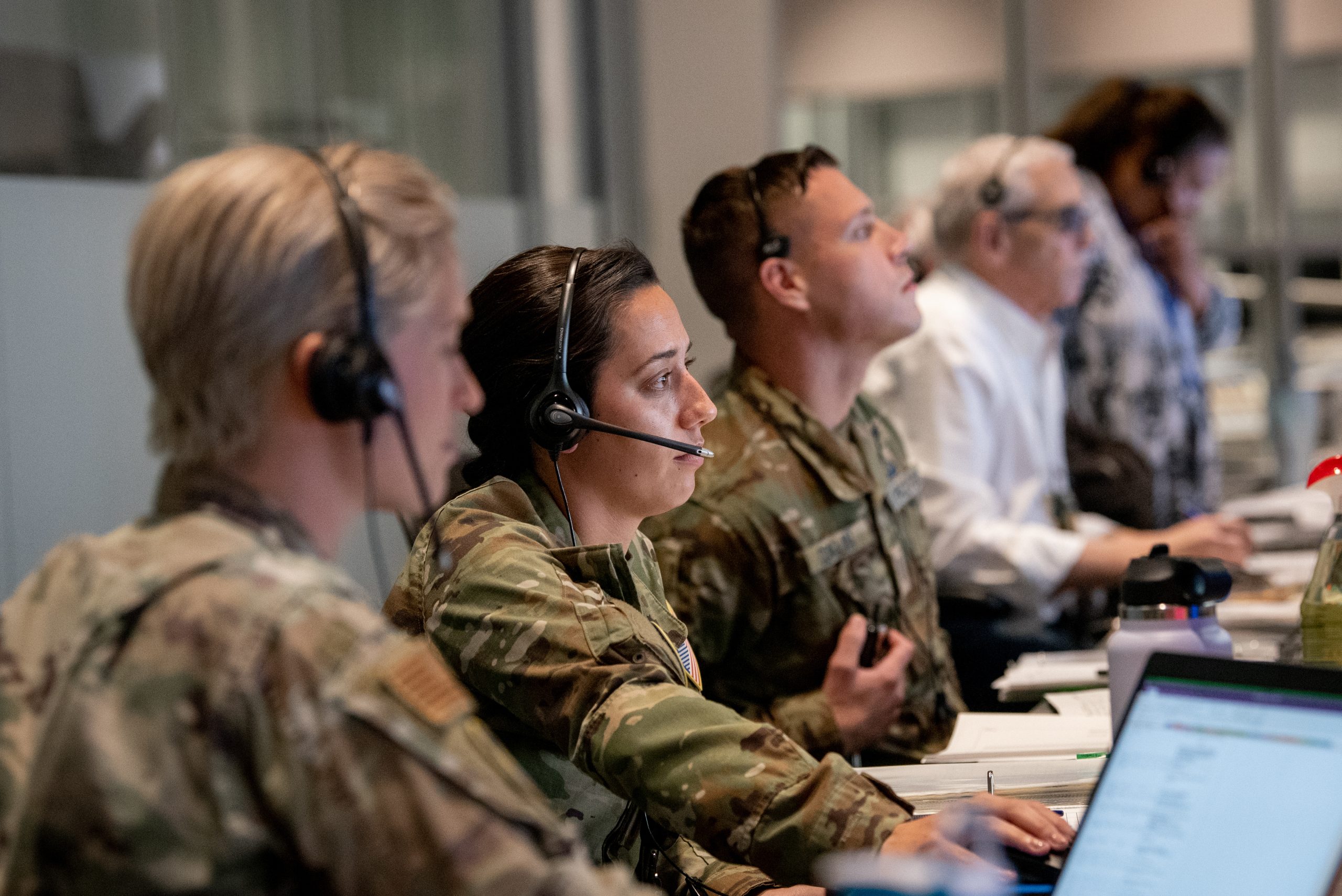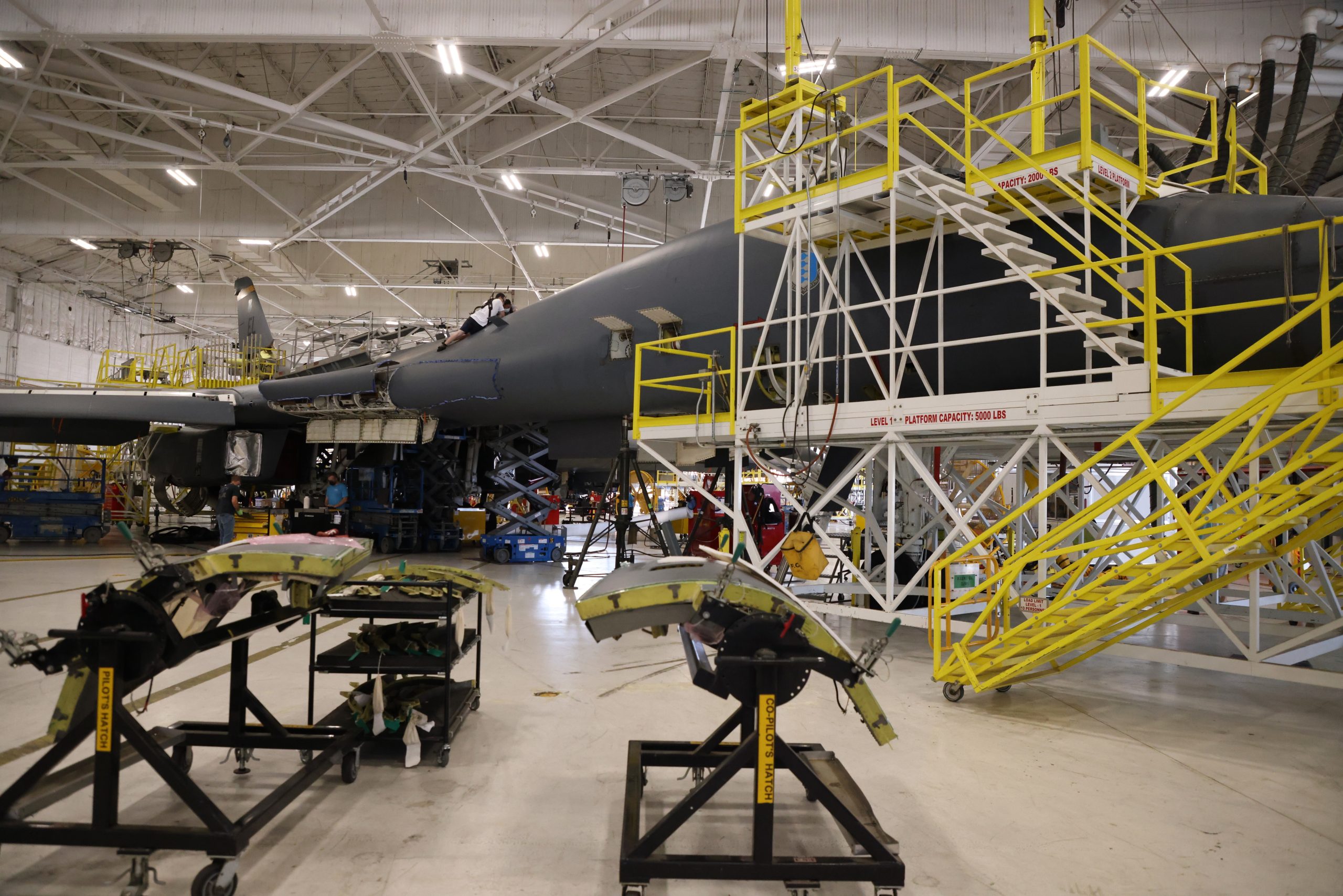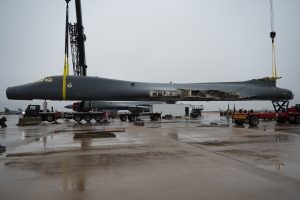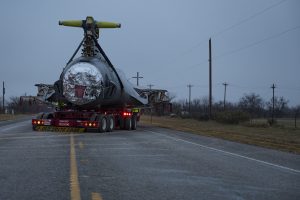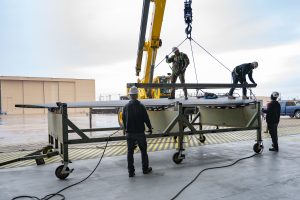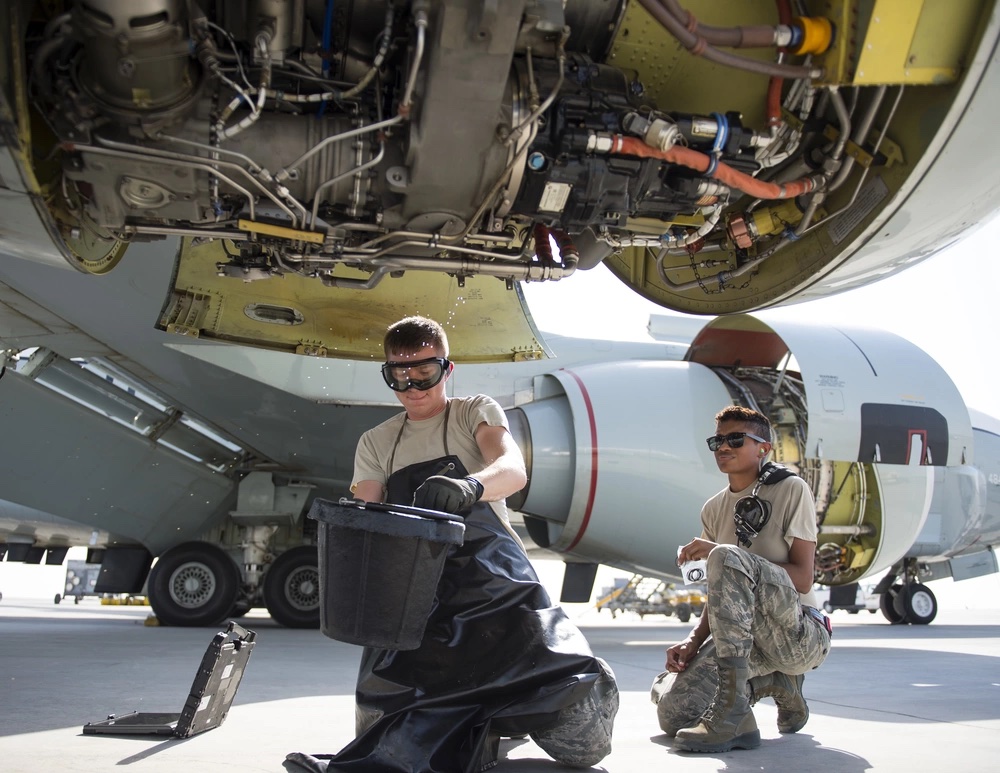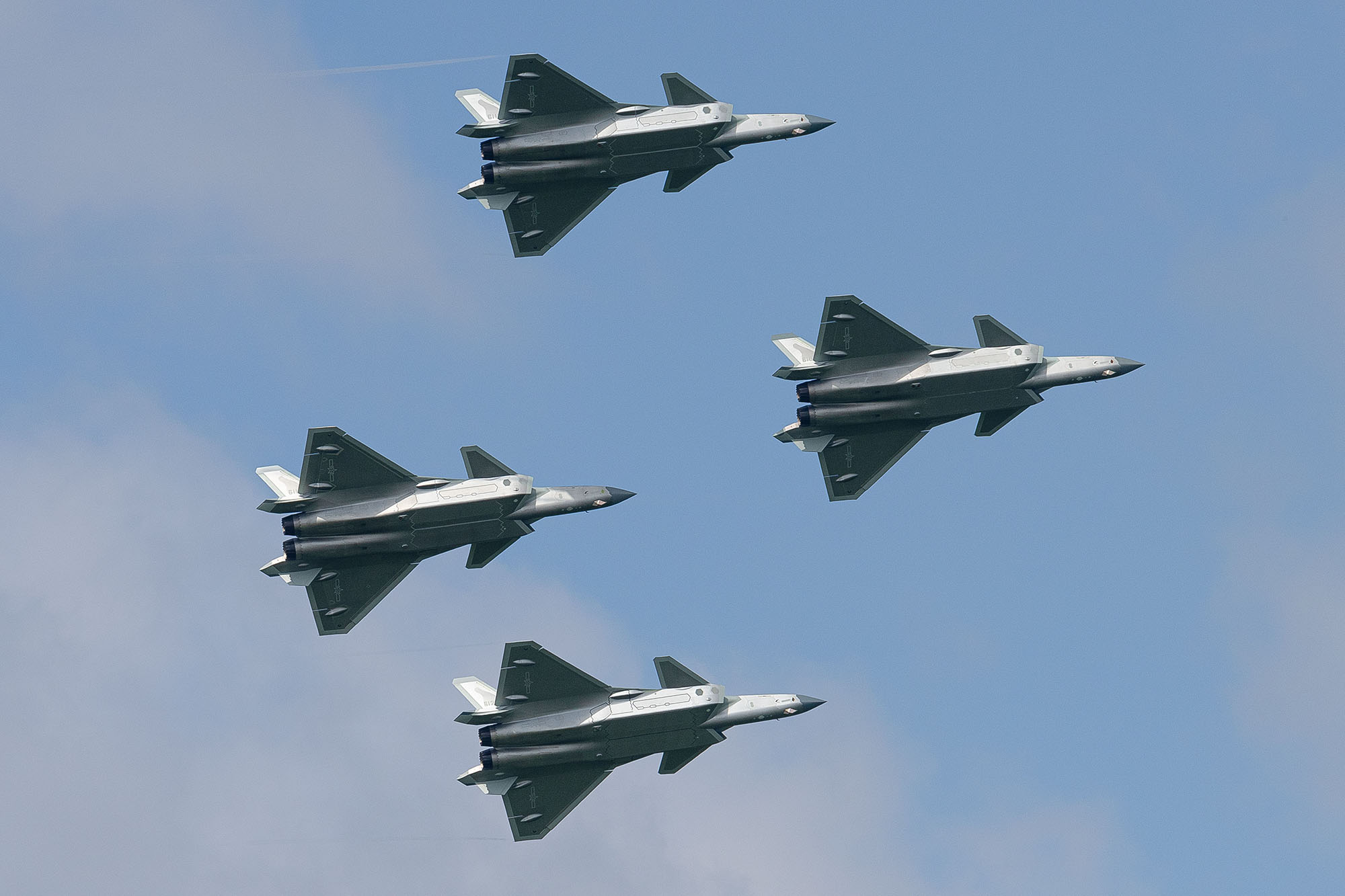The U.S. and Philippine Air Forces are slated to conduct their first combat training exercise of the year this month, escalating tensions between Manila and Beijing in the South China Sea. Scheduled from April 8-19, Cope Thunder will feature fighters from both countries operating from a newly renovated runway at Basa Air Base.
Cope Thunder was held for the first time in more than 30 years in 2023—the annual exercise ran from Clark Air Base in the Philippines starting in the mid-1970s but was suspended following the 1991 volcanic eruption of Mount Pinatubo, which led to Clark’s closure. Last year, two iterations of Cope Thunder in May and June included U.S. F-16s and F-22s, as well as the Philippines Air Force’s FA-50PHs, A-29s, and AS-211s at Basa and Clark.
The latest aerial exercise between the two allies was in February, when a U.S. Air Force B-52 bomber flew alongside three Philippine FA-50 fighters during a patrol over the South China Sea within the Philippines’ EEZ. A pair of B-52 bombers from Barksdale Air Force Base, La., are currently deployed in Diego Garcia in the Indian Ocean, approximately 3,200 nautical miles from the Philippines, for Pacific Air Force missions.
The two nations also worked together to renovate the Basa runway to accommodate more and larger U.S. aircraft. Additionally, ongoing upgrades include the construction of a 625,000-square-foot transient parking apron, which will allow 20 U.S. aircraft to be deployed at the site. These projects are part of the the Enhanced Defense Cooperation Agreement between the two nations, funded by the Pentagon’s Pacific Deterrence Initiative budget.
Basa represents the biggest U.S. investment among the five EDCA sites of the Philippines, with $66 million allocated to the base out of the initial total of $82 million. The base currently hosts the Philippines’ sole fighter squadron, consisting of 12 FA-50PH Fighting Eagles.
Last year, the U.S. added four more military bases to the EDCA, expanding the number of locations from which American troops can operate. The Department of National Defense in the Philippines has highlighted that these upcoming sites will support the country’s military modernization efforts, particularly through U.S.-funded projects such as runway upgrades, communication facilities and infrastructure support.
Cope Thunder will take place amid growing tensions between China and the Phillippines. Just last week, Phillippine President Ferdinand Marcos Jr. issued a statement in which he reaffirmed the country’s commitment to countering “illegal, coercive, aggressive, and dangerous attacks” by the Chinese coast guard. The latest escalation occurred March 23, when Chinese forces employed water cannons to obstruct a Philippine resupply mission in the South China Sea.
Also last week, POLITICO reported that Japan would participate in upcoming joint naval exercises with the U.S. and the Philippines in the South China Sea later this year. Following the report, Japan’s Asahi Shimbun newspaper reported Tokyo intends to join the trilateral drill “at the earliest” opportunity, citing government sources.
U.S. President Joe Biden will host Marcos and Japanese Prime Minister Fumio Kishida on April 11 in Washington, D.C. White House Press Secretary Karine Jean-Pierre said last month that the three leaders would discuss cooperation to “further peace and security in the Indo-Pacific.”
The heavily-trafficked South China Sea remains highly contested, with China claiming sovereignty over a large portion of its waters, despite international law granting the Philippines exclusive rights within its 200-nautical-mile Exclusive Economic Zone (EEZ).
